Free Tropical Runtz seeds on orders over $150!
The existence and demand for fertigation systems in the cannabis industry reflect the prominence of cannabis in jurisdictions where it is legal. Such high-tech systems boost efficiency, performance, and product uniformity on a large scale. As legalization spreads worldwide and prices fall, automation is the solution to remaining competitive while producing high-quality products. Conventionally, fertigation was a component of outdoor trickle irrigation, but the legalization of cannabis in areas with harsher climates has led to an increase in indoor commercial planting.
Fertigation is a nutrient injection method used with any irrigation system. The automation is precise and reduces nutrient mixing time, allowing cultivators to focus more on the plants themselves. Moreover, fertigation refers to the addition of nutrients for cannabis to the water you give your cannabis plants (irrigating with fertilizer). Plants usually grow faster when they receive nutrients from water rather than having to search for nutrients in coco or soil.
Additionally, fertigation originates from contemporary horticulture, adapted to the specificities of cannabis growth. Also, it provides already dissolved nutrients in the preferred formula directly into the irrigation system. Regardless of whether used to amend the medium or as slow-release nutrition, this has benefits over infused planting mixes or dry fertilizer. They both stay in the grow medium until they are depleted by the plant, even if a distinct formula is needed to compensate for changes in the environment or various stages of growth.
“High-frequency fertigation” is a successful new cannabis growing technique. High-frequency fertigation is precisely what it sounds like: giving cannabis plants nutrient water regularly. An example is watering plants numerous times a day with nutrient water, often via drip irrigation. Plants grown in coco coir (ground coconut husks) and perlite (little white rocks that create air spaces) are perhaps best for fertigation. The combination of coco and perlite has air and water-holding qualities that help keep pot plants from becoming overburdened or overwatered. High-frequency fertigation means fertilizing your plants regularly (up to 5 times per day). When performed correctly, your cannabis crops grow faster.
Fertigation offers numerous advantages, making it a great choice for commercial growing processes. According to a Purdue University study published in 2012, managed implementation of nutrients and water enhanced fertilizer application versatility and allowed for better timing of application linked with phases of crop growth.
You can integrate fertigation into your existing irrigation system. Flood tables, flood and drain, capillary mats, drip lines, and also wicking can all gain from fertigation’s precision nutrient delivery. We recommend fully water-soluble nutrientsto maintain clean lines; nevertheless, it’s possible to use organics like compost teas and insoluble ingredients providing the scheme is well-filtered and flushed regularly.
Fertigation is comparable to hydroponics in the sense that nutrients are fed directly through water. The distinction is that hydroponic cannabis systems employ inert substrates, including Rockwool, vermiculite, and perlite, whereas fertigation systems employ organic substrates like coconut coir mixes. Organic grow media have a high concentration of carbon molecules that act as a buffer. As the medium becomes more diluted, these substances lightly clump with nutrients and gradually discharge them. Buffering helps to maintain optimal cannabis growing conditions without the skill needed in pure hydroponic configurations. The carbon matrix also promotes healthy rhizosphere development. This allows for microflora make contact with the root system, boosting nutrient uptake and general root wellness.
When using a fertigation system, keep some things in mind. You must install inline filters instantly after the injectors in the irrigation system. Small particulates in organics and compost teas can clog distribution models such as drip lines. To keep lines free of accumulation, we suggest that you flush the system at the end of each cycle regularly. Other designs with larger nominal diameter (ND) piping are less likely to become clogged. However, in larger grows, crops at the system’s head may have been flushed of nutrients by the moment the drippers at the system’s tail have cleared.
Due to changing environmental conditions, crops use nutrients in various ways. Plants will require more nitrogen to continue growing quickly in a greenhouse environment where temperatures can increase and drop, and available light can differ in intensity. Conversely, nitrogen addition under intensified light and elevated temperatures make plants stretch. Fertigation enables complete control over dissolved nutrients, resulting in maximum plant growth at all times.
The nutrient requirements of vegetation and flowering can differ dramatically. The use of fertigation simplifies the transition from one type of solution to another. So although time-release fertilizers and organic ingredients only flush away temporarily as a result of insoluble salts in the medium, fertigation enables a clean rinse because the nutrients are already dissolved in water. After flushing, simply start feeding the new mix. This eradicates the need to reimburse for any undissolved salts that might cause the EC to be off.
Fertigation has high startup costs but most growers will save money in the long run. The low operating costs of running a system quickly pays for itself. Quality and growth remain consistent across a crop with less chance of operational errors, the workforce and planning become more efficient as a result of automation. As automation becomes more sophisticated, lights, fans, irrigation, nutrient mixing, and environmental variables are all kept in check automatically. Fertigation moves us one step closer to a domestic and commercial, expandable, plug-and-play cannabis-growing machine.
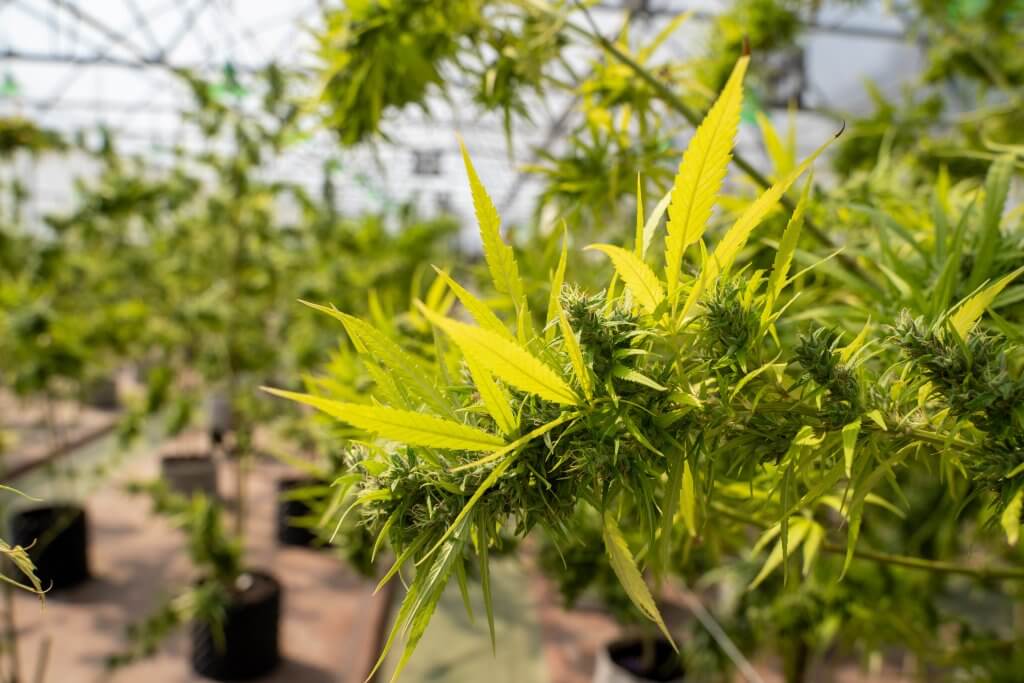
There are some disadvantages to fertigation, but most of them are related to outdoor crop cultivation and do not apply to indoor fertigation systems. Given the numerous advantages of fertigation in crop cultivation indoors, it’s easy to see why it’s becoming a more competitive market. However, make an informed decision. These are complicated systems so they require expert installation and monitoring. In the event of a failure, choose a firm with consistent customer service to keep you growing. It can mean the gap between losing an entire batch and saving it with round-the-clock assistance.
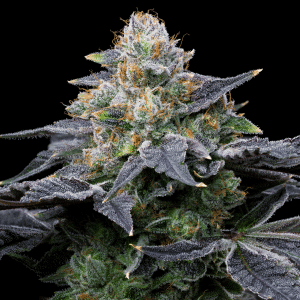
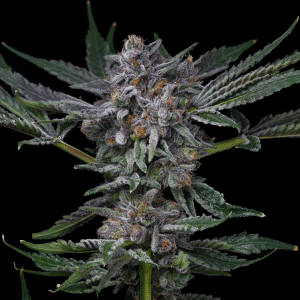
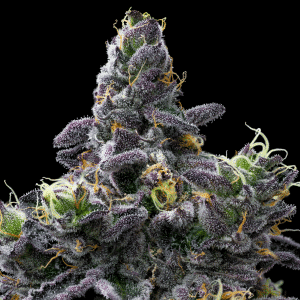
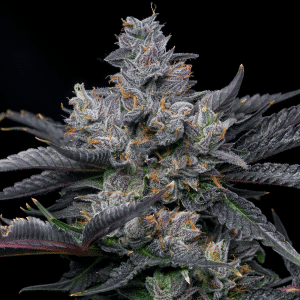
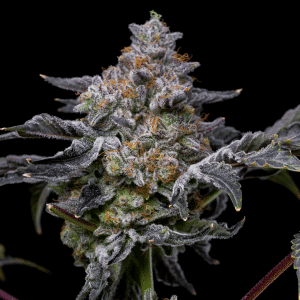
Offers
This product is not for use by or sale to persons under the age of 18. This product should be used only as directed on the label. It should not be used if you are pregnant or nursing. Consult with a physician before use if you have a serious medical condition or use prescription medications. A doctor’s advice should be sought before using any hemp products. All trademarks and copyrights are property of their respective owners and not affiliated with nor do they endorse this product. These statements have not been evaluated by the FDA. This product is not intended to diagnose, treat, cure or prevent any disease. By using this site you agree to follow the Privacy Policy and all Terms & Conditions printed on this site. All products contain less than 0.3% Cannabinoid-compliant with applicable Federal Laws. Please make yourself aware of any and all applicable laws regarding hemp in your jurisdiction. Premium Cultivars accepts no liability or responsibility regarding germination laws in any specific locale state or national jurisdictions.THCA products are not available for shipment to the following states: Hawaii, Idaho, Minnesota, Oregon, Rhode Island, Utah, Vermont *Note: Products with Total THC content above 0.3% must not be shipped to these states.
We want to help you get your hands on the seeds you want, take 20% off your next purchase when you enter your email below!
We want to help you get your hands on the seeds you want, take 20% off your next purchase when you enter your email below!